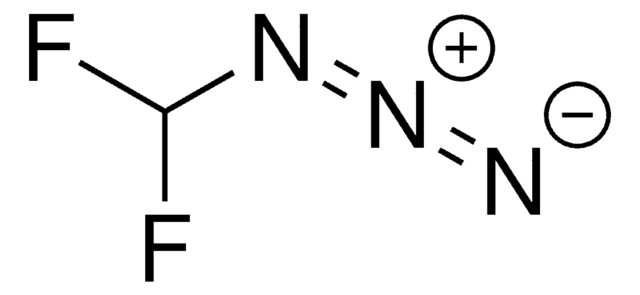ECM541
ECM Cell Culture Optimization Array (Colorimetric, 96-Wells)
About This Item
Productos recomendados
technique(s)
cell based assay: suitable
Quality Level
input
sample type: human embryonic stem cell(s)
sample type epithelial cells
sample type mesenchymal stem cell(s)
sample type pancreatic stem cell(s)
sample type neural stem cell(s)
sample type: mouse embryonic stem cell(s)
sample type induced pluripotent stem cell(s)
sample type hematopoietic stem cell(s)
detection method
colorimetric
General description
How does the ECM Cell Culture Optimization Array work?
The foundation of our kit is a 96-well microtiter plate containing several commonly-used ECM proteins. Collagen I, laminin, fibronectin, and vitronectin are arrayed in triplicate with concentrations ranging from 0.125 μg/mL to 20 μg/mL. You simply culture your cells on the plate, and use the included reagents to block, stain, and analyze the adhesion capacity with a plate reader. We have extensively tested and optimized this kit on a variety of cell types including HEK293 cells, and human and rodent neural stem cells.
Application
Cell Structure
Packaging
Components
- ECM Gradient Array Plate: One 96-well plate with 12 strips
- 30%BSA: (Part No. CS201638) One vial - 0.5mL
- Cell Stain Solution: (Part No. 90144) One bottle - 20 mL.
- Extraction Buffer: (Part No. 90145) One bottle - 20 mL
- Assay Buffer: (Part No. 2003646) One bottle - 100 mL
Storage and Stability
Legal Information
Disclaimer
signalword
Danger
hcodes
Hazard Classifications
Eye Irrit. 2 - Flam. Liq. 2
Storage Class
3 - Flammable liquids
Certificados de análisis (COA)
Busque Certificados de análisis (COA) introduciendo el número de lote del producto. Los números de lote se encuentran en la etiqueta del producto después de las palabras «Lot» o «Batch»
¿Ya tiene este producto?
Encuentre la documentación para los productos que ha comprado recientemente en la Biblioteca de documentos.
Nuestro equipo de científicos tiene experiencia en todas las áreas de investigación: Ciencias de la vida, Ciencia de los materiales, Síntesis química, Cromatografía, Analítica y muchas otras.
Póngase en contacto con el Servicio técnico







